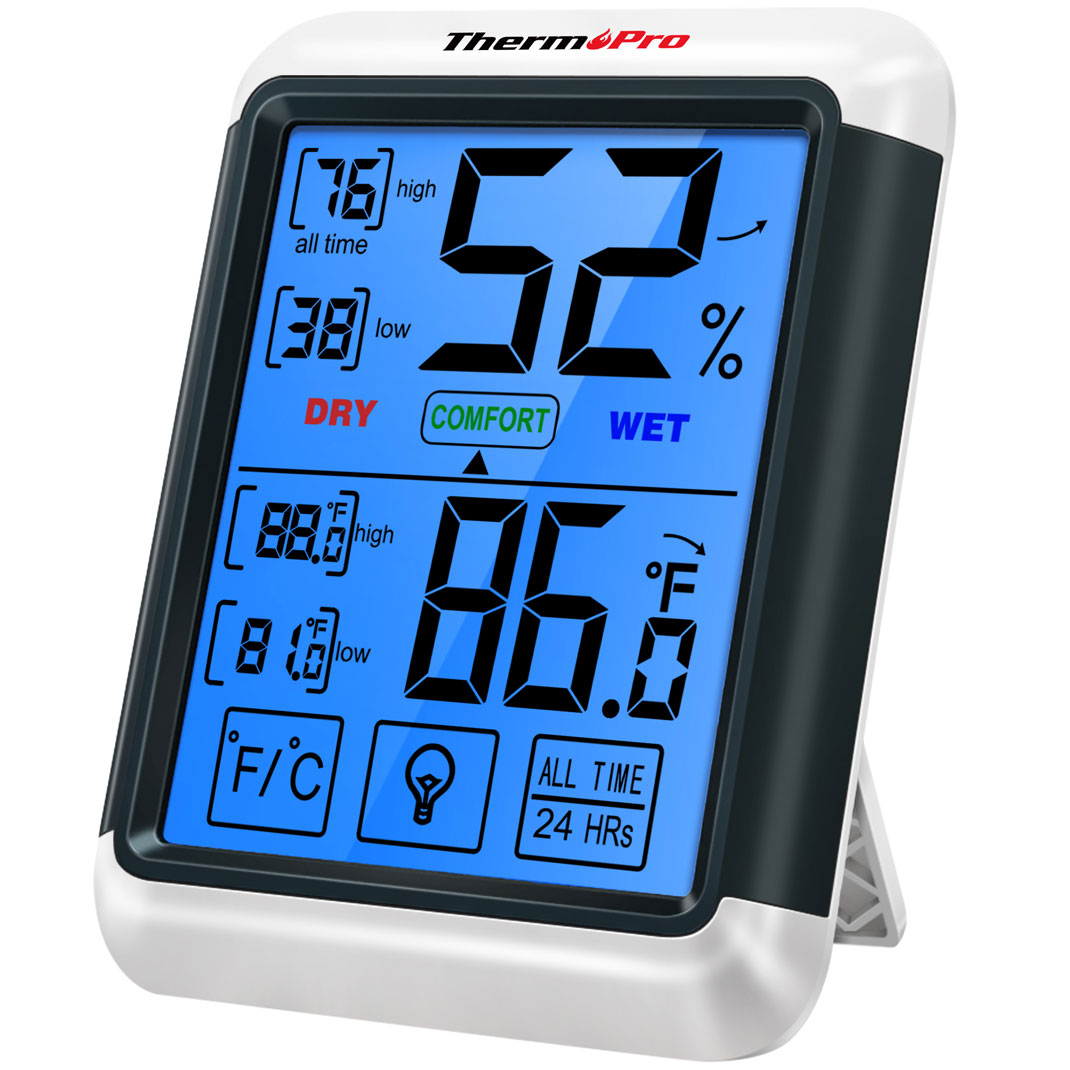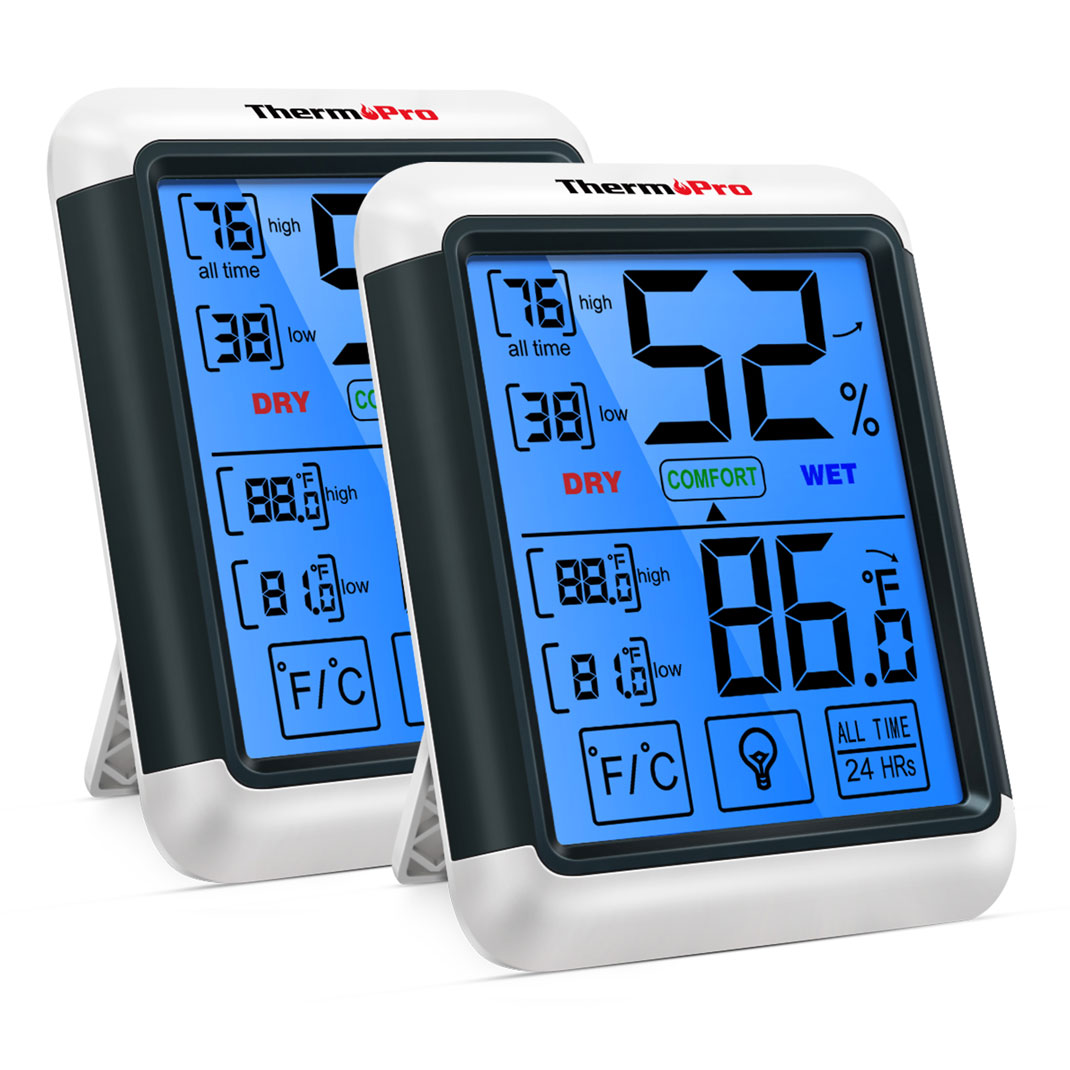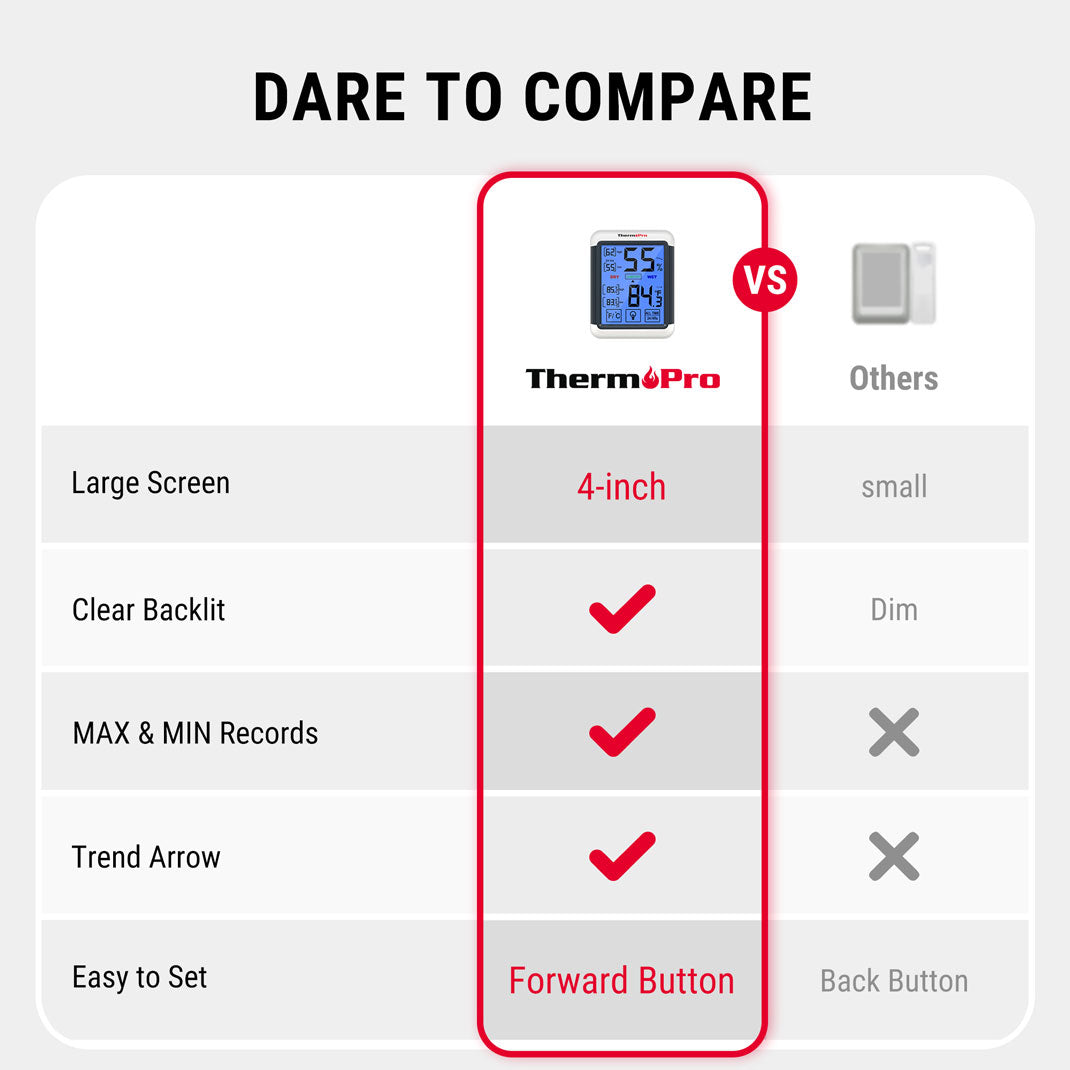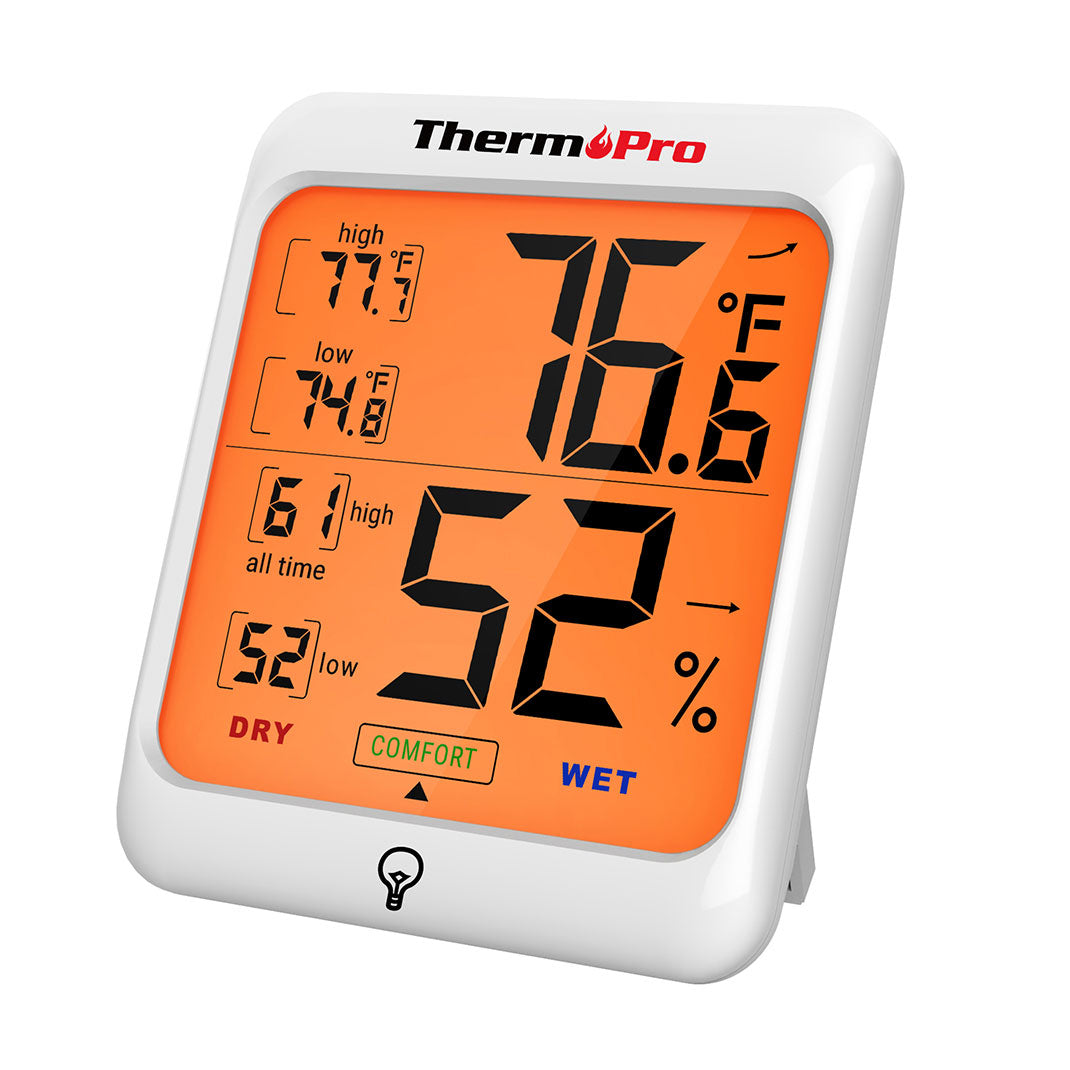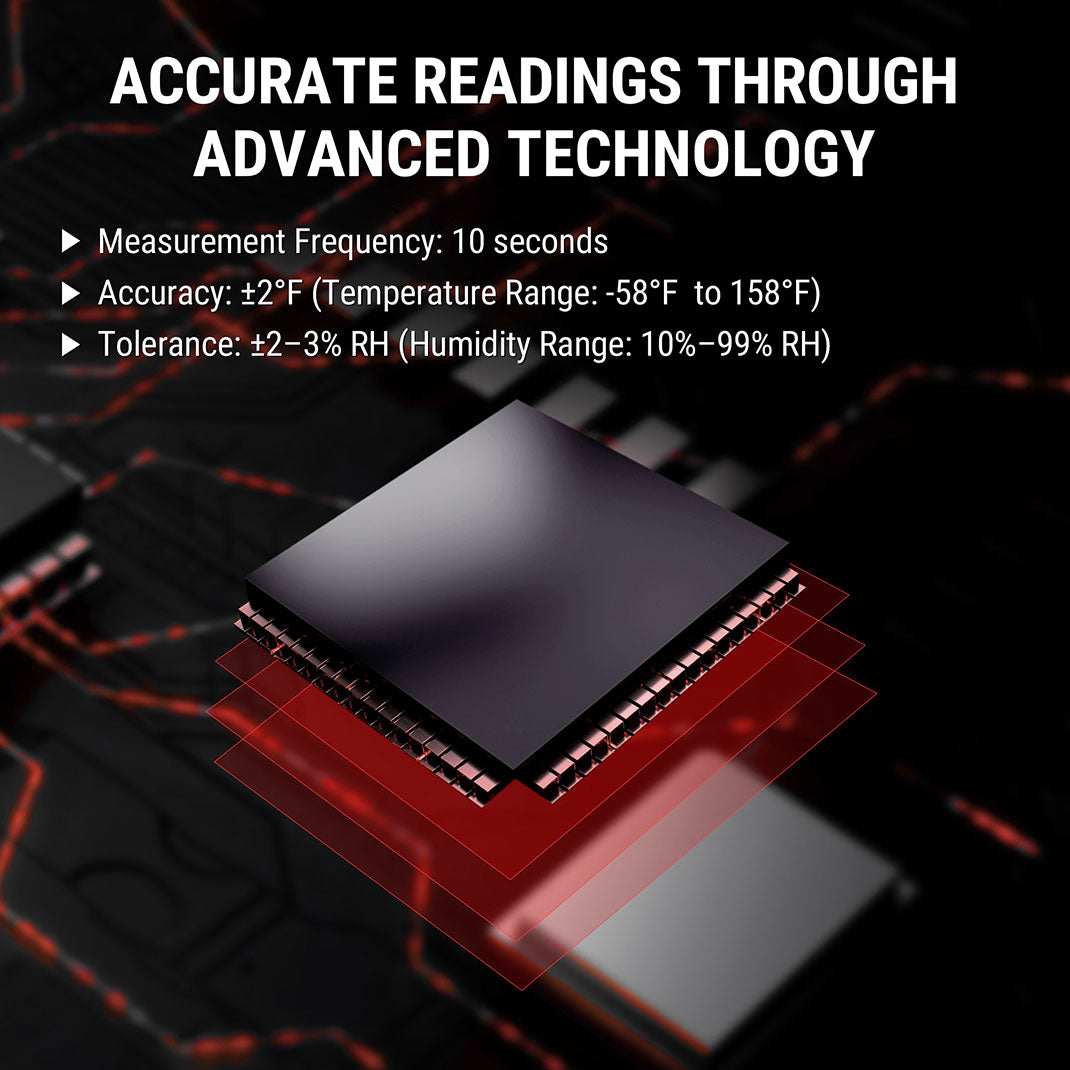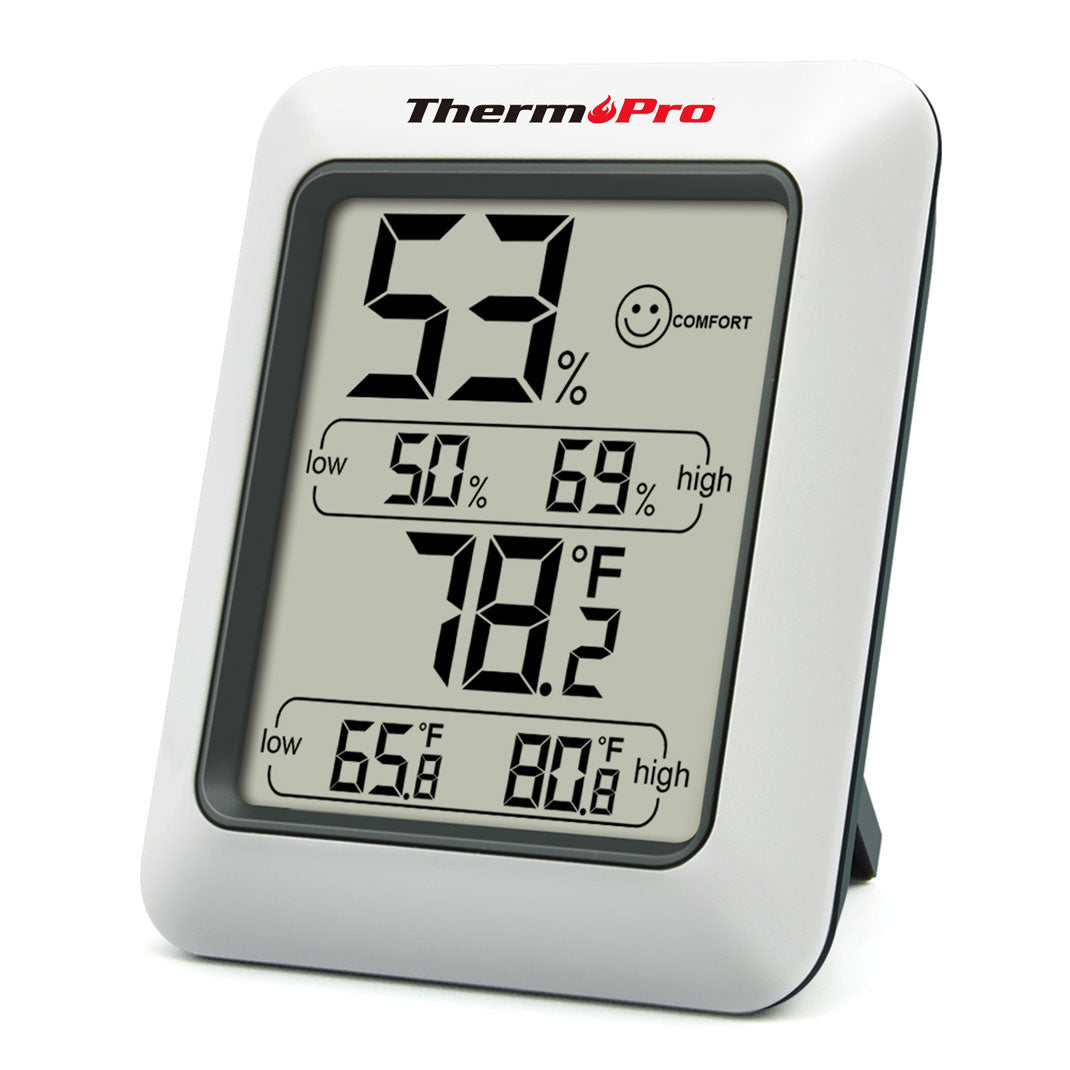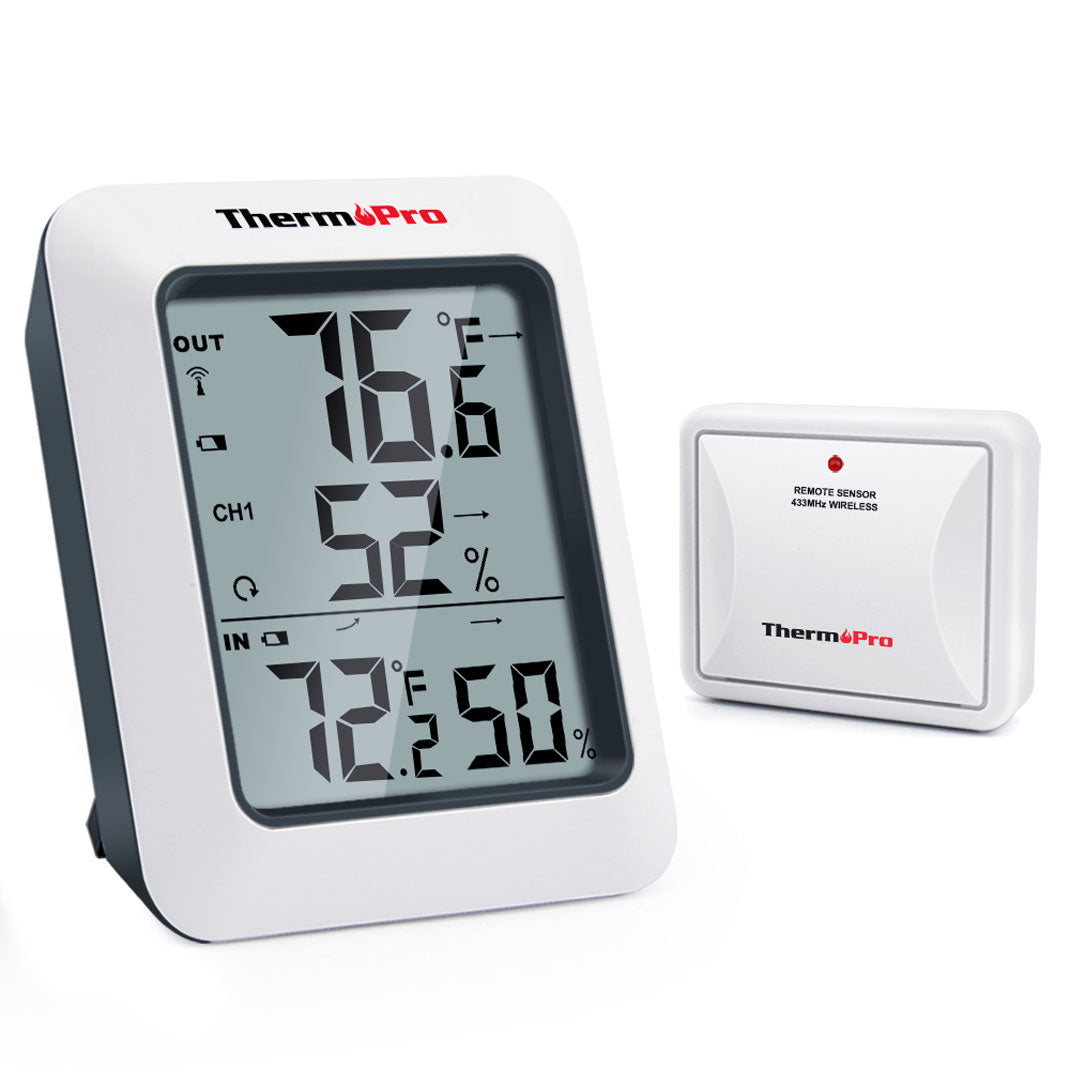If you intend to improve the level of humidity in your home, you need to learn about units used in measuring humidity levels. Generally, there are two types of hygrometer humidistat, and knowing the difference between hygrometer and humidistat is the easiest way to determine your exact needs and the instrument that will serve your needs best.
Hygrometer vs. humidistat
What is Hygrometer?
When you’re looking for a weather humidistat vs. hygrometer to measure relative humidity, you will come across a humidistat hygrometer. A hygrometer is an instrument that is used to measure water vapor in the atmosphere. This is also commonly referred to as relative humidity in the atmosphere.
If you want to record moisture levels in different locations, you will need a digital ThermoPro Hygrometer. In fixed areas, like in manufacturing facilities, you can use a plug-in or wall-mounted hygrometer.

What is Humidistat?
Also referred to as a hygrostat, a humidistat is an instrument or device used in maintaining the preferred or set humidity in the atmosphere. Additionally, a humidistat is also used as a humidity control and monitoring feature on most portable humidifiers or combined humidifier and air cleaner units. This can help in the better management of your home’s moisture levels.
Apart from monitoring and controlling your home’s humidity, a humidistat can help restore and also maintain the preferred humidity levels. Therefore, a humidistat has two purposes. However, you can still find small stand-alone humidistats that work like hygrometers. This is why most people use the terms humidistat and hygrometer interchangeably.
You most probably know that high humidity levels in your home equal more heat being contained in the air. Therefore, when the humidity levels in your house are high, your air conditioner will work harder to combat humidity and the warm air. By maintaining a proper level of moisture in your home, you can avoid spending too much on heating and cooling bills. Additionally, you will also improve your health and that of your loved ones.
Hygrometer Types and Uses
Hygrometers perform various tasks in homes, hospitals, offices, research labs, manufacturing plants, food production facilities, greenhouses, incubators, drying processes, and museums, among many other areas. Below are eight types of hygrometers and their uses.
Weather hygrometers
Hygrometers in this category are used in predicting weather-related events, which can be inconvenient and sometimes dangerous to humans. The main goal of these hygrometers is to take preventive action before disaster strikes. For example:
- Farmers can anticipate rainstorms and take action to protect their animals and grain.
- Villagers can anticipate floods and move from their homes or build dams.
- Drivers can anticipate fog and ensure that the tires have trodden.
Weather house
This type of hygrometer is a more traditional and decorative type of hygrometer with a miniature Alpine chalet design. The chalet contains a hair-tension hygrometer that is used to measure moisture that is absorbed by the hair. Hair often contracts when dry and dry air tightens the hair strand and causes the circular platform to rotate. The platform has a fixed figure that represents rain, and another that represents dry weather. The fixed platform rotates and puts one or the other side outside of the chalet. This means that it will either rain or not.
Psychrometer
This is a type of weather hygrometer, which compares readings from two separate thermometers – dry and wet. The recorded difference helps in determining the relative humidity. You can use this device to measure humidity in weather readings, for example, in alerting firefighters of the possibility of mountain fires when the air is dry.
Research hygrometer
These hygrometers are used in laboratories as a dewcheck or chilled mirror hygrometer. These devices take readings immediately water vapor condenses on the mirror, which is located at a strategic level of frostiness.
Standard lab hygrometer
This is a heavy-duty type of hygrometer and humidistat that is designed for laboratory walls, refrigerators, incubators, and freezers. It helps in the measurement of full-range humidity from 0% to 100%, and it has an accuracy reading of plus or minus 6%. These hygrometers are water-resistant and come in both manual and wall-mounted models.
Frost Point Hygrometer
This is a complicated type of hygrometer, and it is often used by the Earth System Research Laboratory in the U.S. to measure the dispersal of water vapor around the world and monitoring elements directly linked to climate change.
HygroPort Portable Hygrometer
This is a new and high-quality calibrator that helps in the measurement of humidity from -148F to +65F. This hygrometer has various measurement units that you can select from. It makes use of microprocessor technology, and it’s resistant to contaminants. The hygrometer is often used for monitoring humidity in test chambers, compressed air, and bottles gases.
Manual hygrometers
A manual hygrometer is often used for small or non-precise field work applications. These devices are hand-carried, and they come in a clock face, digital reading, or narrow thermometer-type of the stick. Although such types of hygrometers are less expensive, they are less reliable compared to the above hygrometers.

Humidistat Types and Uses
Humidistats are used in a home’s heating and cooling system to adjust the moisture levels. Therefore, these devices are used in various appliances, including Humidifiers and Dehumidifiers.
Humidifiers
Humidifiers add moisture to your indoor air, especially during winter, the air inside can be arid. Dry air can irritate multiple parts of your body. You can use a humidifier to treat dry skin, throat, nose, and lips. This type of humidistat can also ease symptoms caused by the common cold or flu.
Types of humidifiers and how they work
Evaporators: These devices blow moisture through a wet filter. The fans power the unit and release humidity into the air.
Central humidifiers: This type of humidifier is built into your home’s air conditioning unit. This is the best option if you want to add humidity throughout your home.
Steam vaporizers: These devices are powered electrically. Water is first heated and then cooled before it’s expelled into the air.
Impeller humidifiers: These types of humidifiers use rotating disks running at high speeds to spread cool mist in your home.
Ultrasonic humidifiers: They produce mist through ultrasonic vibration.
Dehumidifiers
A dehumidifier regulates the humidity in the atmosphere. The type of dehumidifier you need will depend on the environment. You can use a dehumidifier for apartments or a large commercial area.
Types of dehumidifiers
Heat pump dehumidifier: This type of dehumidifier uses a fan, heat exchange coils, and a heat pump to remove moisture from the air. The fan pushes air past the heat exchange coils, which are often very cold. The moisture then condenses and collects.
Chemical absorbent dehumidifier: These dehumidifiers consist of hydrophilic materials, including silica gel.
Dehumidifying ventilator: Just like its name, this type of dehumidifier uses an exhaust fan to remove air outside. It is fitted with a sensor and exhaust fan, and it is ideal for attics, basements, and crawlspaces.
Differences Between Hygrometer and Humidistat
Hygrometers are often confused with humidistats, and most people use these terms interchangeably. However, there is a difference between these two terms.
A hygrometer is an instrument used in monitoring or measuring the level of humidity in the air. The only purpose it serves is providing a reading of the level of moisture inside a room. On the other hand, a humidistat is a device built into an appliance, and it is used to regulate the humidity levels of a room.
To differentiate between the two, it’s important to keep in mind that a hygrometer can help you determine whether you need to install a humidifier or a dehumidifier in your home. On the other hand, when it comes to the humidistat, you can combine a humidifier or dehumidifier in your home.
Common Using Principles for Hygrometer and Humidistat
- When operating your humidifier, the air around it will be more humid than in the rest of the room. Therefore, you will need a hygrometer at the other end of the room to confirm the efficiency of your humidistat.
- You must maintain a proper moisture balance in your home to prevent over dehumidifying. This is especially important to help prevent mold spores, among other health hazards.
- The recommended humidity levels in your home range between 45 to 60 percent.
- In case of excess humidity in your home, a dehumidifier can help remove it.
- A humidifier can help add moisture to your room to prevent dry air.
Improve Your Personal Comfort Level
To breathe and live a healthier life, you need fresh, clean, and humid air around you. When the temperature outside becomes vulnerable, you must maintain humidity at certain levels. A humidifier with a hygrometer can help keep the right humidity levels. The hygrometer will measure humidity, and this will help you assess your needs and choose a variety of tools to control household humidity. To be able to maintain the right humidity levels, get a ThermoPro thermometer today!






 288 Comments
288 Comments















